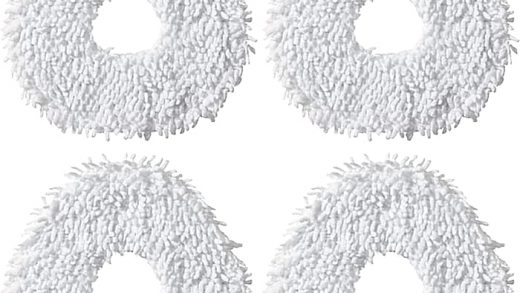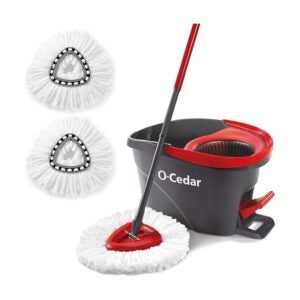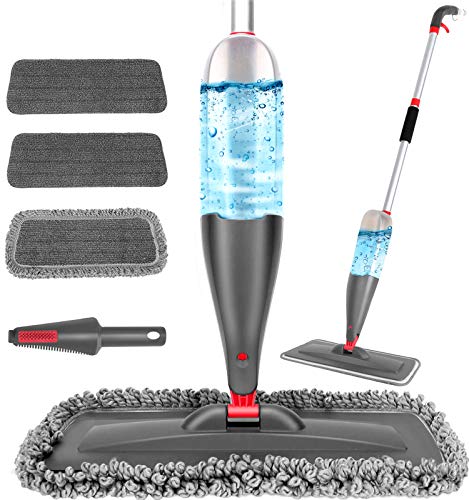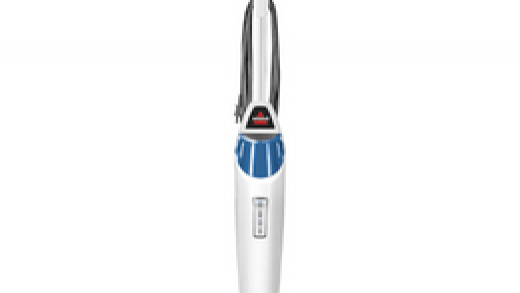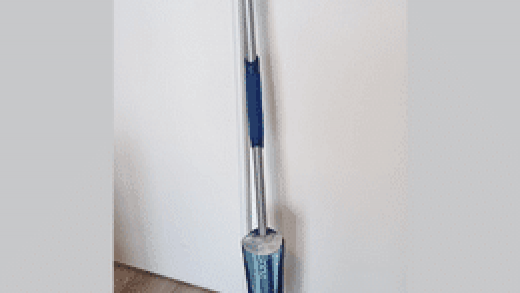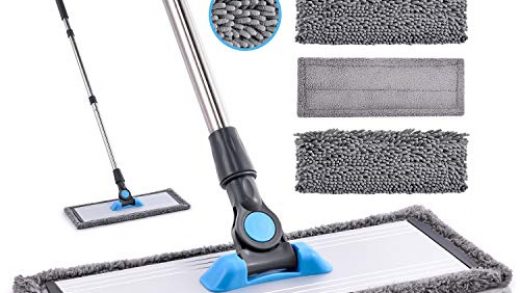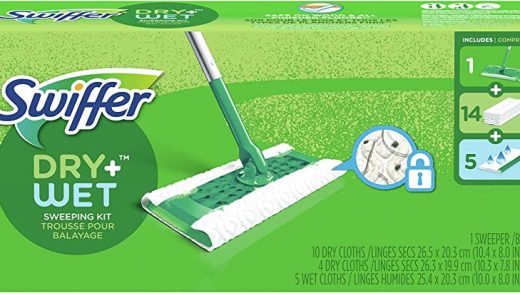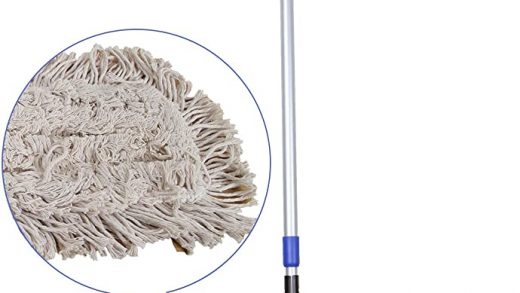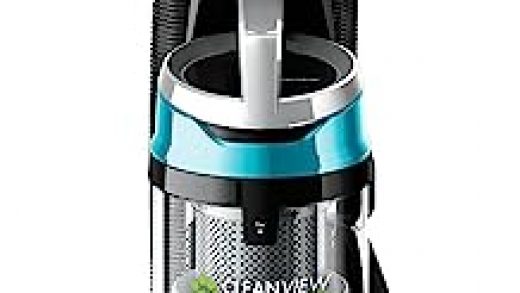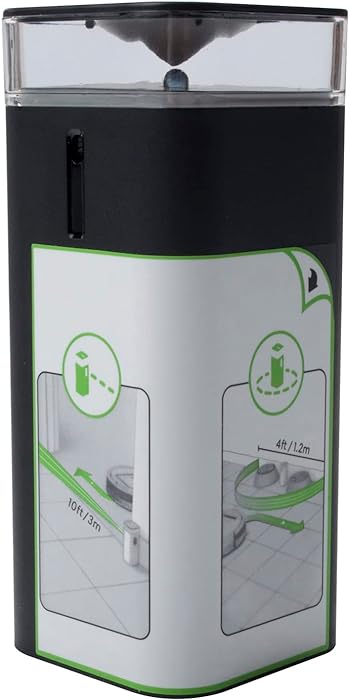
Roomba iRobot, a notable name in automated home cleaning solutions, brings forward a feature that has piqued the interest of many: the Dual Model Virtual Barrier Wall. Unlike traditional barriers, this model doesn’t rely on physical constructs. Instead, it uses virtual technology to guide the robot’s path, ensuring more effective cleaning without unwanted detours.
The Dual Model signifies two modes of operation:
Linear Mode: Creates a straight line barrier. Ideal for doorways or to block off specific rooms.
Halo Mode: Designed to protect specific zones in a circular manner. This is perfect for pet bowls or fragile decorations.
When the Roomba encounters these virtual barriers, it’s designed to halt and redirect its path, ensuring that it doesn’t cross the predetermined zones. This fusion of advanced technology ensures that the Roomba iRobot gives homeowners more control over its cleaning path, making the process more efficient and tailored.
**A:** Unlike traditional barriers that require physical constructs, the Dual Model uses virtual technology. This allows for specific path guidance without the robot having to encounter actual obstacles.
Q: What are the two modes in the Dual Model?
A: The Dual Model includes a Linear Mode, creating a straight line barrier, and a Halo Mode, which sets up a protective circle around specific zones.
Q: Can the Roomba cross these virtual barriers?
A: No, when the Roomba detects these barriers, it stops and redirects its path, ensuring it doesn’t venture into restricted zones.
